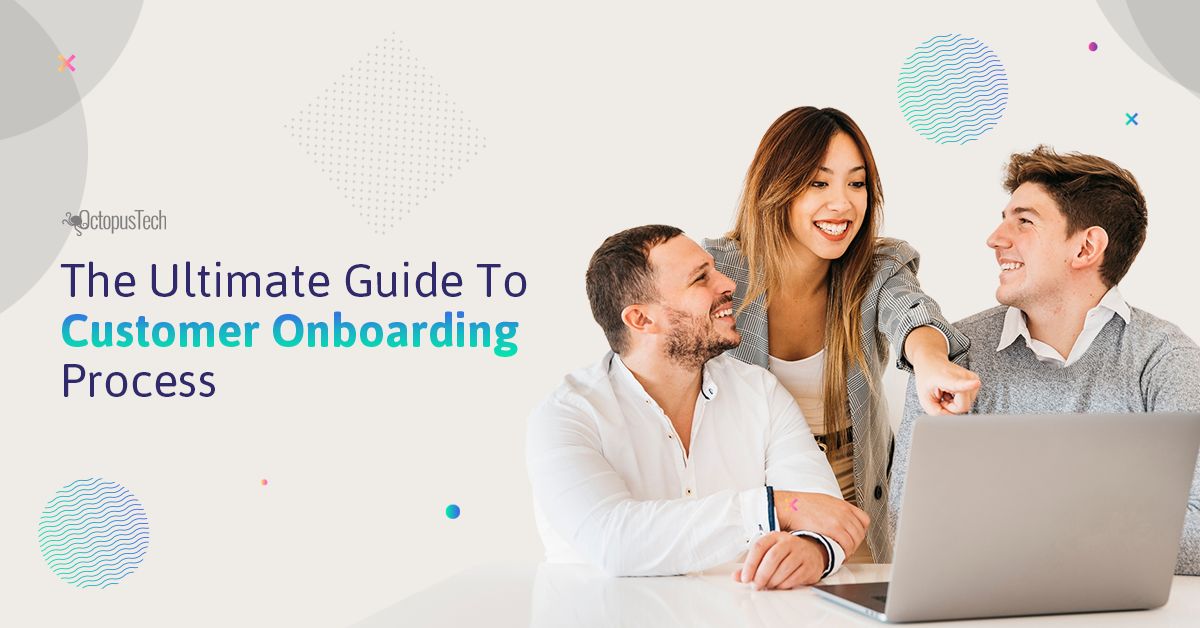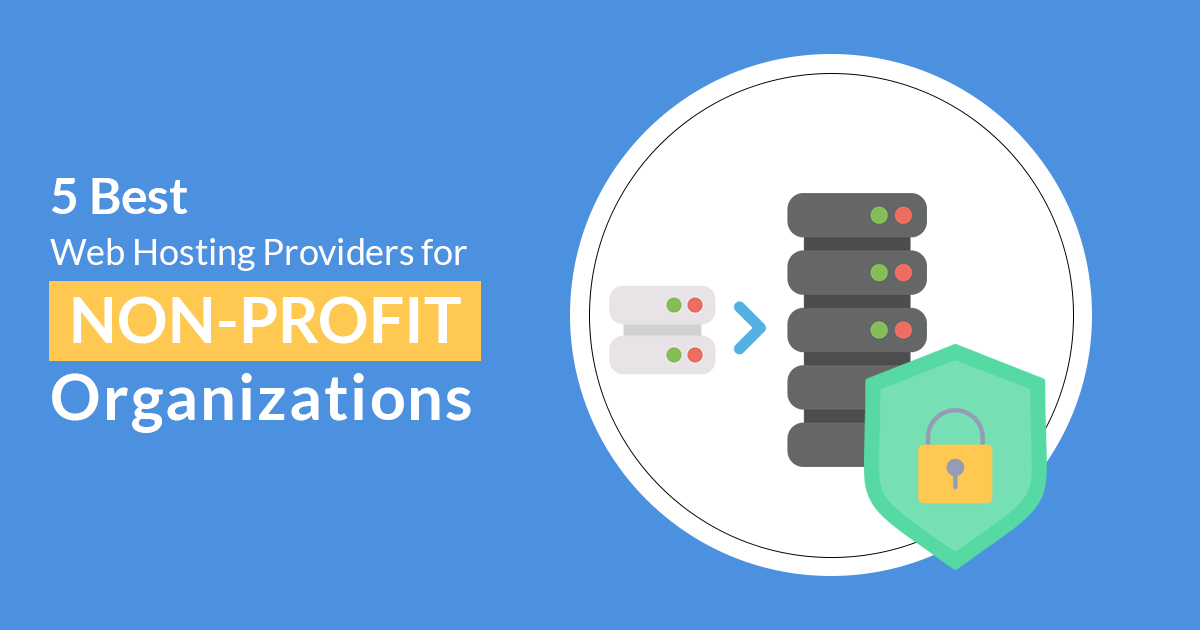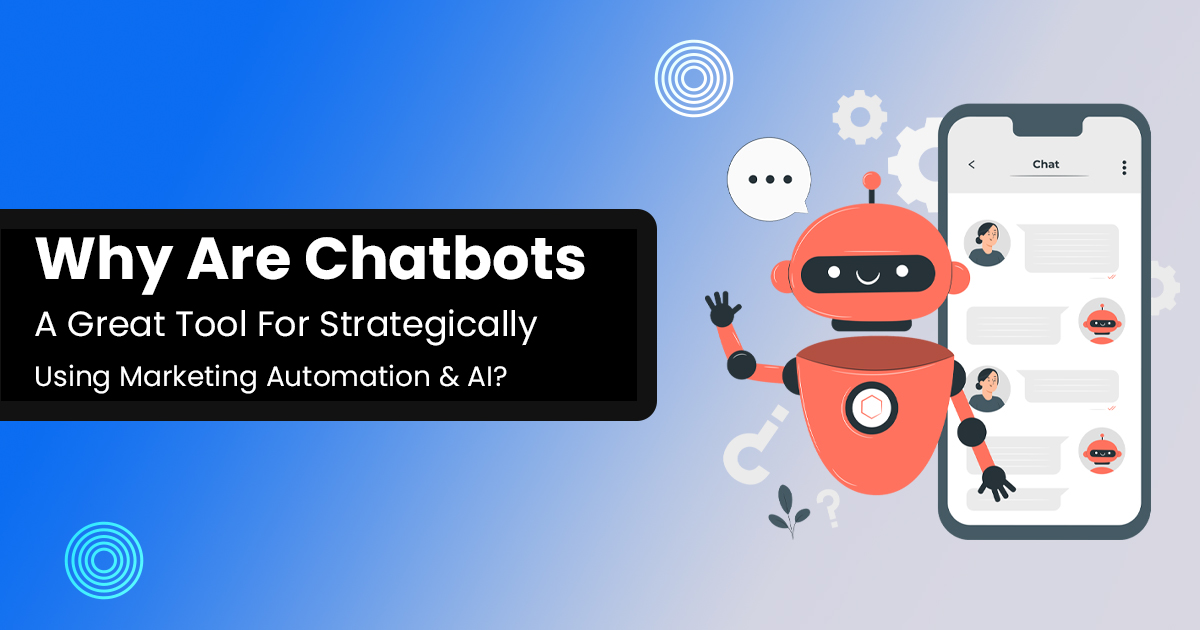The Ultimate Guide To Customer Onboarding Process

People don’t only buy products from you but they buy relationships. When customers experience a positive onboarding process, it ensures them that they have made the correct choice by buying products from your brand. This as a result helps to retain your customers.
Once you have created an amazing product for your customers, you just have to ensure that your customers get some hand-holding as soon as they purchase your product.
The two most important reasons why your customers get disappointed are
- They don’t properly understand your product.
- They didn’t obtain any value out of it.
A great customer onboarding process can solve both these issues as it will ensure provide a positive customer experience by improving your sales process and fulfilling the promises made by your product.
This guide will help you know more about the customer onboarding process, its importance, and its best practices.
What do you mean by Customer Onboarding?
Customer onboarding is a process of nurturing new and potential users by making them comfortable and acquainted with your product. An effective customer onboarding program involves a series of steps, guidance, and tutorial related to your products and services.
Why Customer Onboarding is Important?
Customer onboarding plays a major role and has long-term benefits that improve customer experience and your business. It helps to build trust in your business as the knowledge and information that users need to use your products can be easily accessible.
It will also help to increase customer lifetime value (CLV) and reduces churn rate. Customer success teams complete the onboarding process of users and help to increase the value of your brand.
Some of the facts that prove the importance of customer onboarding are
- Customer retention can increase the overall revenue.
- Your satisfied customers can be your top referral sources.
- Helps to build the brand image.
The Customer Onboarding Process
The point of the customer onboarding process is to ensure that new users get acquainted with the features of your products and services. Your onboarding process will depend upon the specific needs of each user.
The main objective of the onboarding process is to empower customers and provide them with all the resources that are required to onboard. This process involves guidance given to customers which starts from setup to first win.
1. Welcome Email
Your first interaction with your new customers should always be positive. You can congratulate them on their new purchase through email. In an email, you can mention a thanks note for purchasing your product over other options and you should also include how excited you are to help them onboard.
Here’s an example of a template that you can use to send emails to your customers.
Hello [First Name],
Congratulations! Welcome to [Brand Name].
While we are excited to have you onboard, we’re even more pleased to help you reach your goals. We would like to guide you so that you can get started with your first email marketing campaign.
Complete the sign-in process and choose your favorite email template and start sending emails to your prospect clients today.
We will help you with each step of your onboarding process.
[Sign In Now]
Suzaine from [Company Name]
THANK YOU
2. Greeting Message
It can also be called an in-app welcome message as customers are being greeted during their first login. It encourages new users to complete their first step in setting up their new accounts. Here users are either asked to turn on their email notification or to change their passwords. It also includes video as a guide.
3. Use the Empty States
When customers enter their portal, they may find features that do not have any data in them. Here, you have to fill those empty spaces with some actionable or educational content that explains features, demonstrates their value, and also encourages users to start using those features.
For example – there can be an in-app scheduler with the feature “Schedule meetings with your team members in seconds”
4. Creating Product Setup
Create a short and optional guided tutorial to take your customers through the step-by-step process. It is needed when multiple steps are used in a particular order.
5. Use Of Tip Banners
You can use a tip banner or a short message banner that guides users about important features of your products that they should know about in the beginning. This banner serves as an introduction to your actual tutorial.
6. Knowledge Base
Knowledge or a resource section or a frequently asked questions column solves the problem of users autonomously and quickly in their onboarding process. A chatbot can also be used here as it helps to create a personalized touch with users so that we can quickly solve their problems and they don’t even have to search on your website to get their answers.
7. Create An Interactive Walk-through
The most important part of the customer onboarding process is to teach your customers how to use your products. An interactive walk-through is a process that will guide users on how to move to the next task after completing the first task.
Make sure that you provide contextual tips in your interactive walk-through process to teach users how to complete a task.
8. Perform Routine Check-Ins
Performing routine check-ins is included as a feature in your onboarding process as new users should always feel like you care and prioritize their progress in the journey. You should constantly perform check-ins and see where they are getting stuck so that you can help them by providing more value and a great customer experience.
9. Mini Celebrations With New Customers
You would want to celebrate with your customers and get them excited by letting them know that they are just one step closer to their goals. You can do this with a quick call, in-app notification, or by sending them a congratulatory mail. The more they feel that you are investing in their success, the more value they will get from your product.
Customer onboarding process 6 best practices
Customer onboarding best practices will help to provide a solid customer experience. Some of the best onboarding practices are.
1. Understand your customers
You should always know your customers and their buying persona in and out. Understand challenges, obstacles and pain points your customers face and provide them with ideal solutions. This will help to tailor your customer onboarding goals.
2. Show value to customers
You need to provide a unique value with a personalized touch to customers when they purchase a product. Explain to them with some examples of how your products can address their certain pain points.
3. Set clear expectations
Your customers should always know what to expect from your product. This should be performed in the customer onboarding process as you reiterate the value which is provided by your product to customers so that you can prepare them for some potential setbacks.
4. Work with customer-centric goals
Customer success teams should always work with customer-centric goals so that they can create measurable milestones and by customers will also never be dissatisfied.
5. Constant communication
After you send an initial welcome message to your users, continue sending emails throughout your onboarding process. Email is one of the most frequented communication mediums used by customers. This way you will always be in constant touch with your customers and guide them in completing their onboarding process.
6. Measure your success
The onboarding process benefits your customers and your business. You should always gather feedback from customers and track key metrics so that you know where you have to work more efficiently in your onboarding process.
Conclusion
Customer onboarding if performed correctly can be a game-changer for your business. The customer onboarding process does not start when the customer purchases your product but it starts the first time when a potential user comes in contact with your brand.
In every step, customer success teams gather information about the users so that they can provide an effective customer experience at every touchpoint.
It might be easy for you to think that the main goal of the onboarding process is just to help your customers start using your product, but it is much more than that. The ultimate goal of a successful onboarding process is whether customers log back into your product in days, weeks, or even months after their first use.





